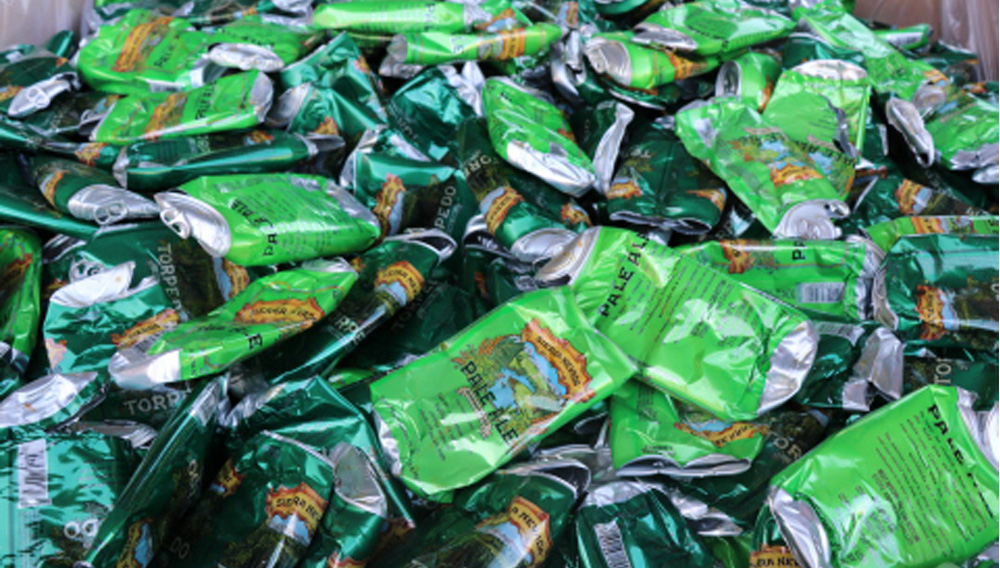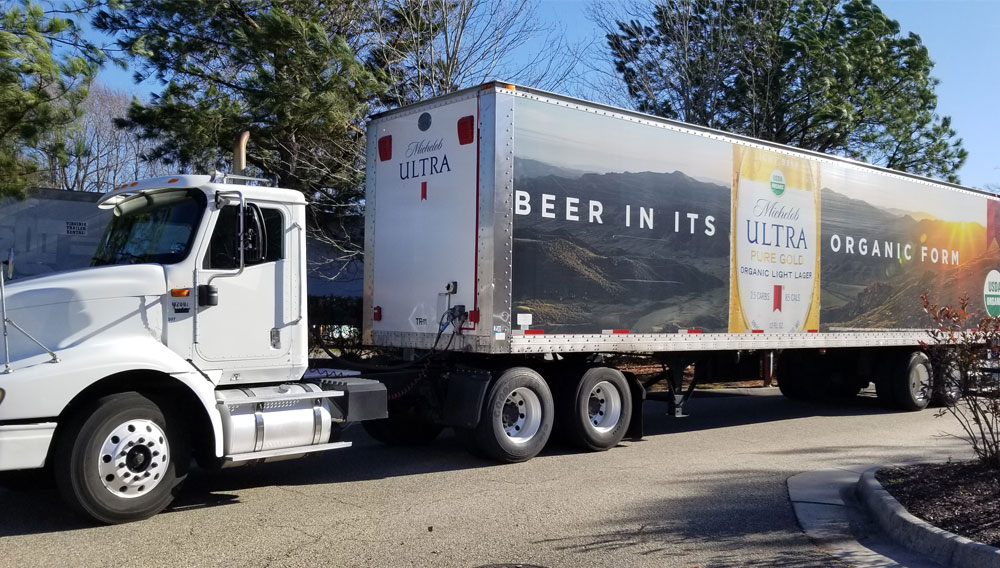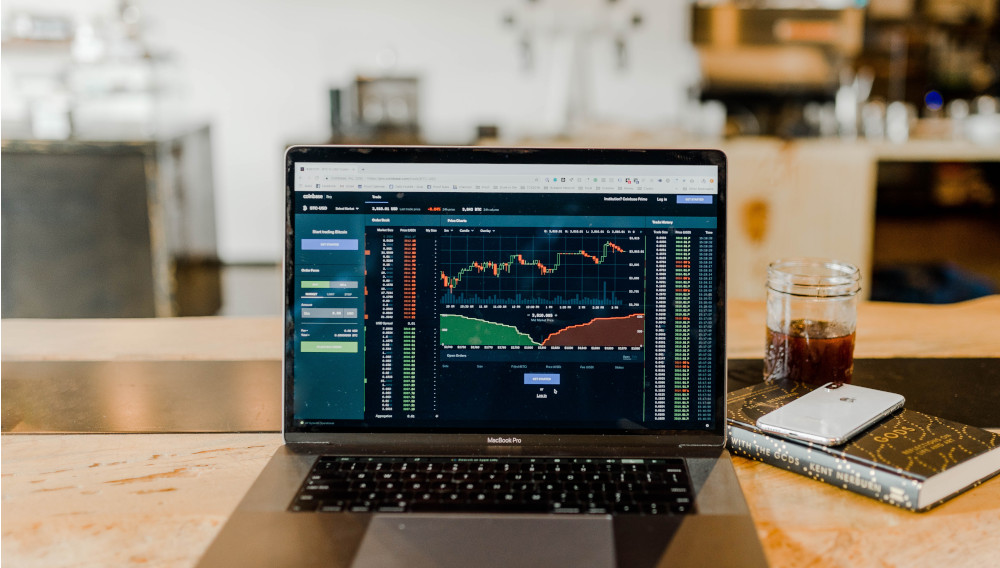Done deal | PMMI, The Association for Packaging & Processing Technologies, organizer of the PACK EXPO trade shows in the U.S. and Mexico, and Koelnmesse GmbH, organizer of supplier trade shows for the food and beverage industry including Anuga FoodTec in Europe, Asia and South America, are joining forces with the goal of jointly promoting and expanding their events in the packaging and processing industry.

The sale of Stone | Times change. People change. Trends change. Remember the howls of treason several years ago when a slew of US craft brewers sold themselves to the Big Brewers? The cognoscenti vowed to shun them, seeing their sale as a betrayal of the breweries’ local, independent roots. When Stone was acquired by Japan’s Sapporo this summer, did the commentariat call out its founder, Greg Koch, over his broken promise to “never sell”? No. It was more like “Ok. Here goes another one.” Brewery sell-outs are no longer punished, they are simply shrugged at. But the departure of Stone’s founder still proves momentous for American craft brewing. It marks the end of an era.

From rebel to beer style loyalist | As a new breed of finnicky millennial drinkers is entering the beer marketplace, clamoring for such beverages as hazy, juicy, fruity New England IPAs, pastry stouts with plenty of lactose and even real pastries, kombuchas and ciders, flavored hard seltzers, and even fermented teas and coffees, many of the original microbrewers are struggling with succession planning. Some have sold their enterprises for handsome sums to their erstwhile “enemies,” big Beer, while others are still plying their trade but are wondering about their continued place in the industry. Are they still relevant? BRAUWELT International joined Tod Mott, brewer/owner of the Tributary Brewing Company in Kittery, Maine and one of the erstwhile craft brew pioneers, for a conversation about the current trends in the craft beverage industry and how recent shifts in consumer preferences are affecting his business.
Stable situation | The supply of summer malting barley from this year's harvest in Europe remains good. Although there is talk of regional complaints about quality, supplies should be secure for the next twelve, thirteen, perhaps fourteen months. Difficulties remain with logistics and uncertainty with gas supplies.
Strong demand | After record order intake in the first half of 2022, the strong demand for Krones products and services continued unabated in the third quarter.
Increase of 4 percent | BarthHaas GmbH & Co. KG of Nuremberg, Germany, have recently published their new report on world beer production. According to the BarthHaas Report, beer production worldwide was 1.86 billion hl, almost 71 million hl (+4 percent) higher than it was in 2020. However, the figures for 2020 were 6.5 percent less than the previous year, rather than 5 percent as previously reported, amounting to 1.789 billion hl. The five leading beer producing nations were China, USA, Brazil, Mexico and Germany which continued to produce 50 percent of the world’s beer.

An American Light Lager reborn | Take a hallowed, century-old regional brand that became too small to justify modern big beer-style production and transform it through contracting into a viable enterprise – leveraging its local lore and competitiveness with giant factory lagers. Use this revenue stream to support a craft-style brewery making the full portfolio that the modern craft industry is known for, and have it ride on the brand name recognition of the old lager, known as ‘Gansett. Add a vibrant waterfront tap room in a bustling New England City, and you have a unique appeal not only to lager drinkers, but to beer-drinkers of all stripes.

Beer in Denmark | Scandinavians are good at PR and Denmark is no exception. Every once in a while, they throw us a cultural bone such as “hygge”; we take it, and they run with it. If you think that by pulling out a few candles hygge will be your middle name, you are mistaken. Danish hygge is more nuanced and extensive. It means embracing whatever may come, not least in the brewing industry.

Trend spotting | In February 2022, Walter König, Managing Director of the Gesellschaft für Hopfenforschung e.V. (Society for Hop Research; GfH) in Hüll, Germany, visited the USA and spoke with BRAUWELT International author Horst Dornbusch about his trip, German hops and the U.S. craft beer market.
Welcome to Massachusetts, Walter, and thank you for agreeing to an interview. Let me jump straight into my questions: You are the General Manager of the Society for Hop Research (GfH) in Hüll. Why are you here; and why now, on this wintery February day?

Tipping point | “That magic moment when an idea, trend, or social behavior crosses a threshold, tips, and spreads like wildfire” – this is how Malcolm Gladwell, author of the now iconic book “The Tipping Point” [1], defines his eponymous concept. Using a host of true and amazing stories, Gladwell convincingly demonstrates not only that tipping points are real but that they can be crossed in either direction – towards positive outcomes, or, sadly, towards disastrous ones. Is sustainable brewing approaching the tipping point?







